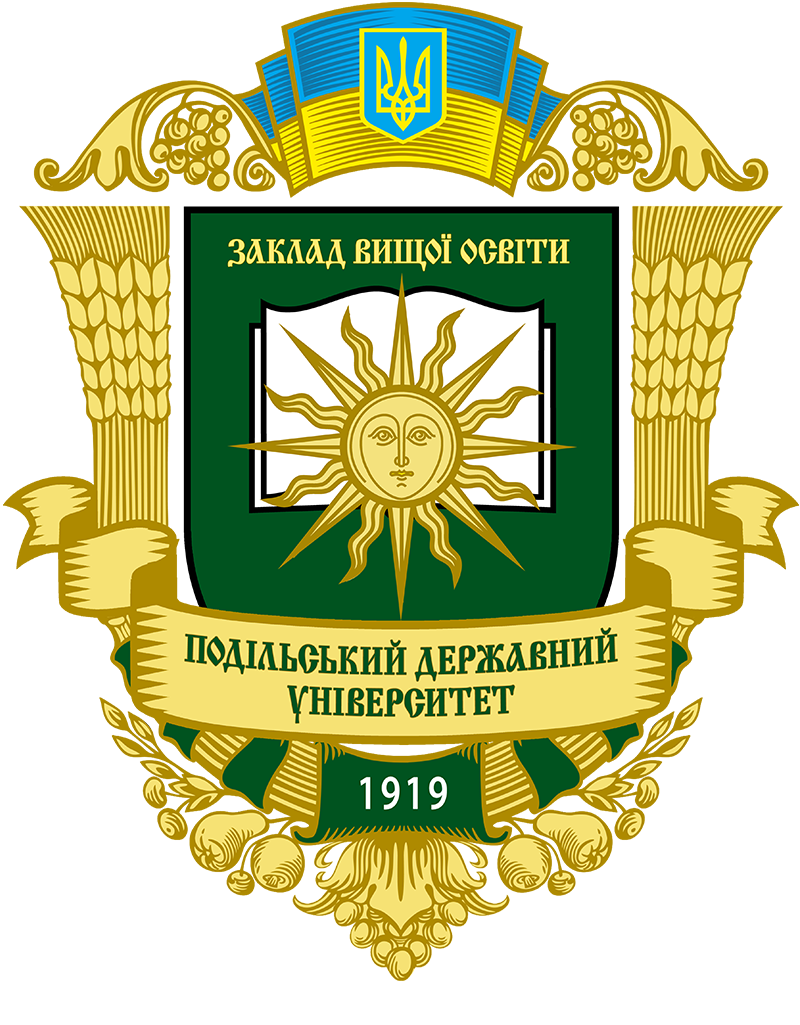FORMATION OF INDIVIDUAL AND SEED PRODUCTIVITY OF PEAS DEPENDING ON AGROTECHNICAL METHODS OF CULTIVATION IN THE CONDITIONS OF THE WESTERN FOREST STEPPE
DOI:
https://doi.org/10.37406/2706-9052-2023-3.5Keywords:
peas, variety, mineral fertilizers, growth regulators, elements of yield structure, yieldAbstract
Today, peas are grown on all continents, and their acreage occupies about 7 million hectares. On the globe, it ranks fifth after soybeans, beans, peanuts and chickpeas among leguminous crops. In European countries, peas are the main leguminous crop, which is grown for food and feed purposes on an area of about 3 million hectares. Recently, the acreage under peas has significantly decreased in Ukraine. The reasons for the decrease in pea production are some biological properties of the crop such as the tendency to lodging and shedding of seeds, strong (if compared with other crops) suppression by weeds, significant damage by pests and diseases, low reproduction rate, and objective factors such as lack of technological varieties and equipment for harvesting, reduction in the number of farm animals. Crop structure analysis is an important method for assessing the development of cultivated plants. The main elements of the structure of the pea crop include the number of plants preserved before harvest, the number of beans per plant, the number of seeds in the bean and the weight of 1000 seeds. The study was conducted during 2017–2019 at the "Podillia" Research Center of Podillia State University. A three-factor experiment was carried out in a ten-field crop rotation. The soil cover was represented by typical deep low-humus heavy loamy forestlike black soil. The research aimed to study the effect of different doses of mineral fertilizers and growth regulators on the formation of individual and seed productivity of peas depending on agrotechnical methods of cultivation in the Western forest steppe. It has been established that the indicators of the elements of the crop structure and the yield of pea grain depend on the varietal characteristics of the crop, soil type, agricultural technology, meteorological conditions and their interaction. The number of flowers and beans in pea plants of Hotivskyi, Chekbek and Farhus varieties fed with mineral fertilizers in doses of N15P30K45 and N30P30K45 is higher by an average of 6-8% and by 24–27%, compared to the control variant. Under the influence of growth regulators, these indicators increased by another 1.5–4.6%. The weight of 1000 seeds in the Hotivskyi pea variety was in the range of 249.5–260.6 g, in the Chekbek variety – 261.1–266.4 g and Farhus – 231.4–238.4 g.
References
Формування високої врожайності гороху / С. Авраменко, Ю. Огурцов, М. Цехмейструк та ін. Агробізнес сьогодні. URL: http://www.agro-business.com.ua/agrobusiness/events/406-2011-05-13-05-48-20.html.
Андрушко М.О., Лихочвор В.В. Особливості росту і розвитку гороху під впливом різних видів та норм мінеральних добрив. Topical issues of the development of modern science. Abstracts of the 4th International scientific and practical conference (11–13 december). Publishing House ―ACCENT‖. Sofia. Bulgaria. 2019. P. 962–972. URL: http://sci-conf.com.ua.
Бушулян О., Коблай С. Володар бобового царства, або Знову про горох. Пропозиція. 2019. № 2. С. 54–58.
В.В. Лихочвор., О.М. Андрушко. Продуктивність гороху залежно від сорту та норм висіву. Вісник аграрної науки Причорномор’я. 2020. Вип. 2. С. 54–62. DOI:10.31521/2313-092X/2020-2(106)-6.
Особливості формування зернової продуктивності рослин різних сортів гороху в умовах Північного Степу України / А.Д. Гирка, І.Д. Ткаліч, Ю.Я. Сидоренко та ін. Зернові культури : науковий журнал Інституту зернових культур. 2018. Том 2. № 2. С. 267–273. URL: https://doi.org/10.31867/2523-4544/0035.
Небаба К.С. Вплив мінеральних добрив та регуляторів росту на якість зерна гороху посівного в умовах Лісостепу Західного. Подільський вісник. Серія «Сільське господарство, техніка, економіка». 2023. № 38. С. 99–103. URL: https://doi.org/10.37406/2706-9052-2023-1.14.
Телекало Н.В. Вплив комплексу технологічних прийомів на вирощування гороху посівного. Збірник наукових праць Вінницького національного аграрного університету. Серія «Сільське господарство та лісівництво». 2019. Випуск 13. С. 84–93.
Molecular genetic diversity of the pea (Pisum sativum L.) from the Vavilov Research Institute collection by the AFLP analysis / E.A. Dyachenko, N.N. Ryzhova, E.Z. Kochieva, M.A. Vishnyakova. Russ. J. Genet. 2017. Vol. 50. Iss. 9. P. 916–924.
Effect of Endophytic Bacteria Bacillus subtilis on Seedling Growth and Root Lignification of Pisum sativum L. under Normal and Sodium Chloride Salt Conditions. Russian Journal of Plant Physiology. Volume 70, Issue 5October 2023 Article number 97. DOI: 10.1134/S102144372360085X.
Karpenko V., Boiko Y., Prytulіak R. Anatomical changes in the epidermis of winter pea stipules and their area under usage of herbicide, plant growth regulator and microbial preparation. Agronomy Research. 2021. № 19 (2). Р. 472–483.
Khan T.N., Meldrum, A. Croser J.S. Pea Overview. Reference Module in Food Science. 2016. URL: https://doi.org/10.1016/B978-0-08-100596-5.00037-8.
Kindie Y., Bezabih A., Beshir W. Field Pea (Pisum sativum L.) Variety Development for Moisture Deficit Areas of Eastern Amhara. Advances in Agriculture. Volumе 2019. Р. 6. URL: https://doi.org/10.1155/2019/1398612.
Malondialdehyde and proline content in bean cultivars following the inoculation with endophytic bacteria / S.R. Garipova, O.V. Markova, K.A. Fedorova, O.V. Lastochkina, L.I. Pusenkova. Acta Physiologiae Plantarum. 2022. № 44 (9). Р. 89. DOI: 10.1007/s11738-022-03427-1.
Pea: A Sustainable Vegetable Protein Crop / M.C. Tulbek, Y. Lam, P. Wang, A. Asavajaru. Sustainable protein sources. 2017. Р. 145–164. URL: https://doi.org/10.1016/B978-0-12-802778-3.00009-3.










